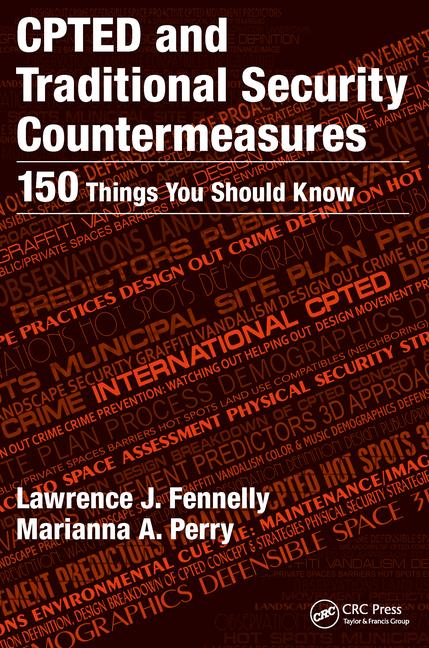Understanding the Internet of Things
Part 1 in a 3-Part Series about the Internet of Things

The proliferation of Internet of Things (IoT) devices is greatly expanding the ecosystem in which physical security lives, opening up exciting new integration possibilities and business opportunities within the enterprise market.
Much like the evolution from analog to IP video security, IoT will once again change the game for security professionals, but on a much grander scale. Whereas the transition from analog to IP was confined to security and access control – the IoT revolution creates the possibility for every system, from HVAC to lighting to AV, to interact with physical security.
As these systems become more intertwined, the purview of the security professional greatly expands allowing them to deliver new integrations that have real value for the end user.
IoT will bring enhanced productivity, efficiency, comfort, safety and sustainability to the spaces in which we live and work. Perhaps the most tangible benefit of IoT will be greater return on investment since devices like sensors will serve multiple purposes within a designated space, costing less to install.
IoT will help building occupants stay connected in countless ways and devices must also facilitate daily life without complicating things or getting in the way.
Successful IoT installations will be easy to use and deploy, while fully integrating with one another on a secure platform. Complete integration is key, and intelligent devices and sensors will enable physical security to be further managed without human intervention.
The transition from analog to IP video security has, in many ways, set the stage for the IoT revolution’s impact on security. The introduction of IP cameras blurred the lines between security and IT departments, and the addition of more connected devices will continue to erode these silos further.
Working closely with IT departments will be imperative to implementing successful solutions that are also secure. As buildings become smarter and rely more heavily on user-provided data, the integrity of underlying infrastructure is critical to ensuring data is safeguarded.
Part 2 of this series will be available September 12 in our Security eNewsletter. Subscribe here.
Looking for a reprint of this article?
From high-res PDFs to custom plaques, order your copy today!









